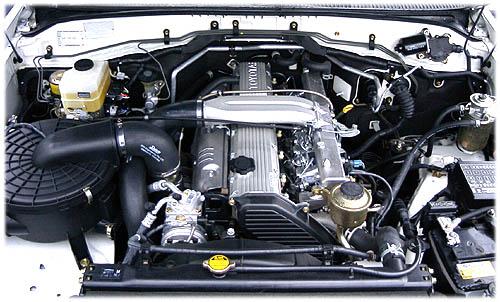
Toyota 1HZ engine: everything you need to know
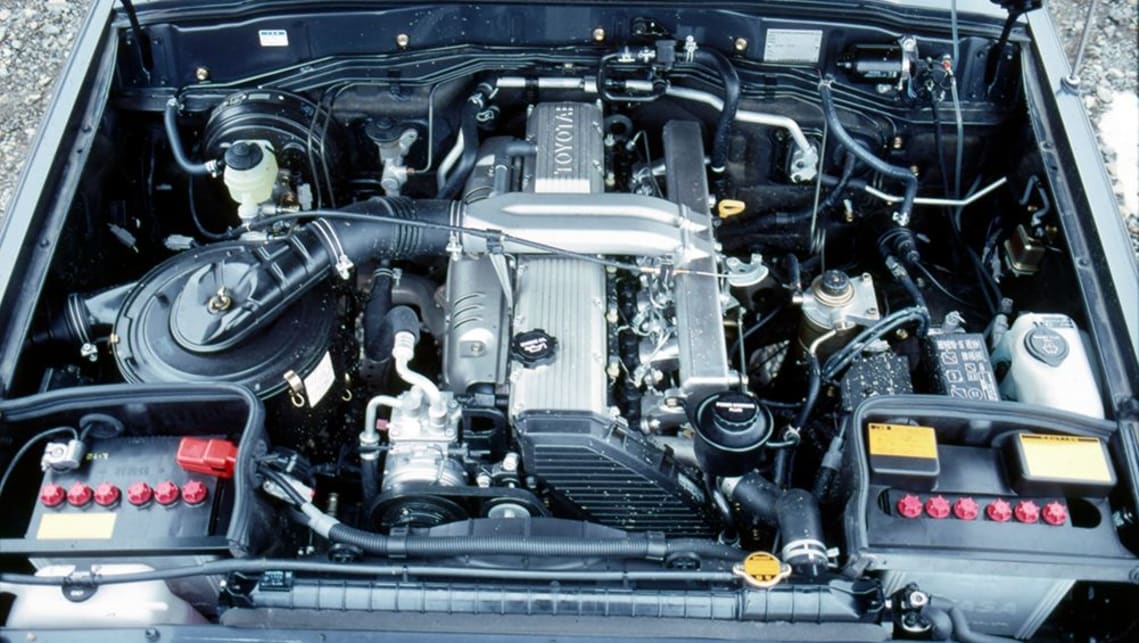
The 1HZ delivers day-to-day reliability and dependability, as well as decent efficiency and fuel economy.
Turbocharged diesel engines have been in use since the turn of the last century, but there is hardly a road vehicle these days that isn't equipped with a turbocharger for increased power and efficiency.
But that wasn't always the case, and the naturally aspirated Toyota 1HZ diesel engine in the Landcruiser range certainly has to be considered the prince of naturally aspirated diesels.
A member of the Toyota HZ engine group, 1 in 1HZ indicates that it is a member of the first generation family.
Not only is the Toyota 1HZ diesel capable of doing the work of a smaller turbodiesel, it will continue to do so for at least half a million miles, with some operators reporting a million miles before major work is needed.
Add to that superb everyday reliability, decent efficiency and fuel economy, and you can see why the 1HZ, while not a sprinter, has become a favorite with long distance and remote area travelers.
Any review of a 1HZ engine will always point out that this is a long life engine that won't fail in a hurry. Perhaps the biggest downside is the 1HZ fuel economy, which will range from 11 to 13 liters per 100km.
This is on a standard vehicle at highway speeds and will be twice as high when towed. It lags behind modern double cab cars, but it's not bad by full-size XNUMXWD standards.
The characteristics of a bald 1HZ engine do not necessarily reveal its secrets. Rather, it is the combination of quality materials, meticulous craftsmanship, and a solid basic design that has made the 1HZ such a respected device.
It starts with the cast iron block and cylinder head (very common in diesel engines even today). The 4.2HZ engine with a volume of 4164 liters (more precisely, 1 cc) has a bore and a piston stroke of 94 mm and 100 mm.
The crank runs in seven main bearings. The engine is an inline six-cylinder engine with a single overhead camshaft (driven by a toothed rubber belt) and two valves per cylinder.
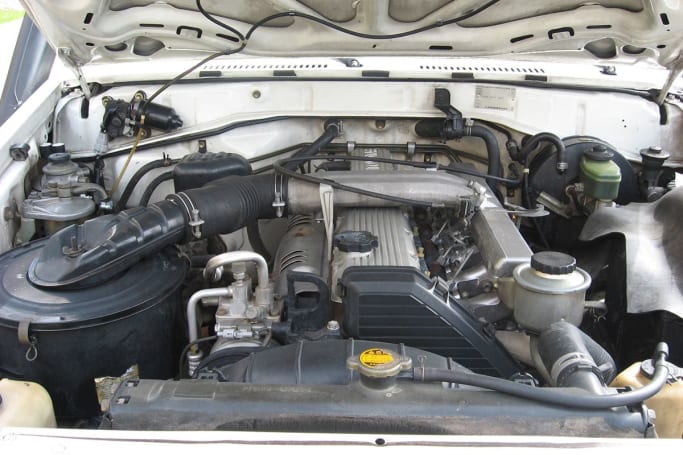 The 4.2-liter inline six-cylinder engine develops 96 kW/285 Nm of power. (Image credit: Wikimedia Commons)
The 4.2-liter inline six-cylinder engine develops 96 kW/285 Nm of power. (Image credit: Wikimedia Commons)
The 1HZ uses indirect injection technology and has a compression ratio of 22.4:1. Claimed power is 96 kW at 3800 rpm and 285 Nm at 2200 rpm.
The 1HZ injector pump diagram will also show that the engine uses an old-school injection system and not the new common-rail diesel technology.
The cast iron construction of the motor means it is strong, but the weight of the 1HZ motor is about 300kg. The volume of 1HZ engine oil is 9.6 liters when dry filled.
In Australia, the 1HZ was a popular choice in the 80 series, which was launched in 1990 and was subsequently considered the best LandCruiser Toyota ever made (the all-new 300 series had yet to prove itself for that title).
In 80 series form, the 1HZ was sold alongside petrol six-cylinder and 1HDT turbodiesel versions of the same car, and this continued with the new 100 series which saw the 1HZ fitted to the base model Standard variant (technically the 105 series).
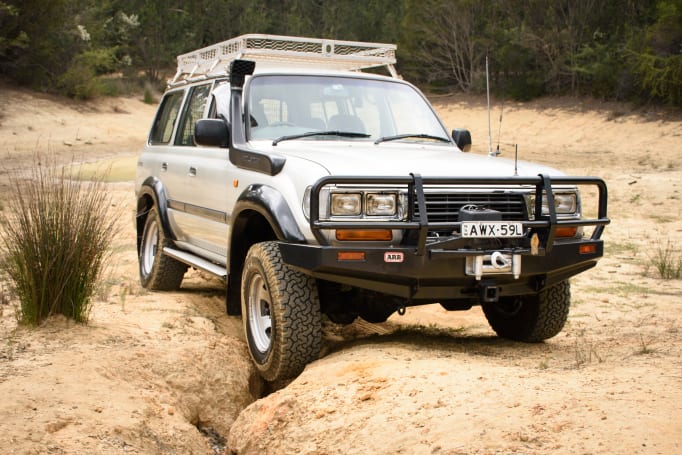 With a classic look and plenty of off-road capabilities, it's no surprise that the 80 remains very popular. (Image credit: Tom White)
With a classic look and plenty of off-road capabilities, it's no surprise that the 80 remains very popular. (Image credit: Tom White)
This continued in this car until 2007, when the 200 series appeared.
In the workhorse line, the Toyota 1HZ appeared in the 75 Series and Troop Carrier in 1990 and was sold until 2007 when it was finally replaced by turbodiesel variants. The 1HZ diesel was also used in some Toyota Coaster buses.
Crucially, to get 1HZ in your new Toyota, you had to buy a full-size LandCruiser, since Prado never received that engine.
You won't find the LandCruiser 1HZ with an automatic transmission either; if it was a 1HZ engine, manual shifting was up to you.
There are really few problems with the 1HZ engine. Other than a few cases of cracked cylinder heads in the precombustion area, the news is good.
1HZ cylinder head gaskets are no problem as long as the engine hasn't overheated, and the 1HZ timing belt doesn't seem to be a problem if changed every 100,000 km.
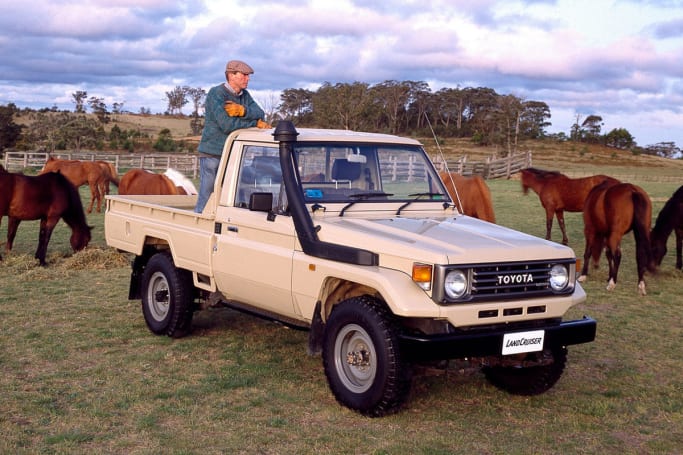 The 75 series received a part-time system with a transfer case providing two different sets of gear ratios.
The 75 series received a part-time system with a transfer case providing two different sets of gear ratios.
Common sense dictates that a 1HZ fuel pump will need attention after about 400,000 km, and many owners decide to rebuild the cylinder head at the same time.
Other maintenance is easy, although the location of the 1HZ thermostat on the bottom side of the block makes it difficult to access without removing the alternator.
Of course, nothing lasts forever, and when the 1HZ eventually wears out, many owners simply decide to buy a used 1HZ with less miles and trade it in.
1HZ engine listings in this case are popular, but some owners choose to rebuild an engine they already have.
A 1HZ rebuild kit including rings, bearings and gaskets can be bought for around $1500, but if you want to build a turbocharged engine be prepared to spend about double that for a kit that will include lower compression pistons.
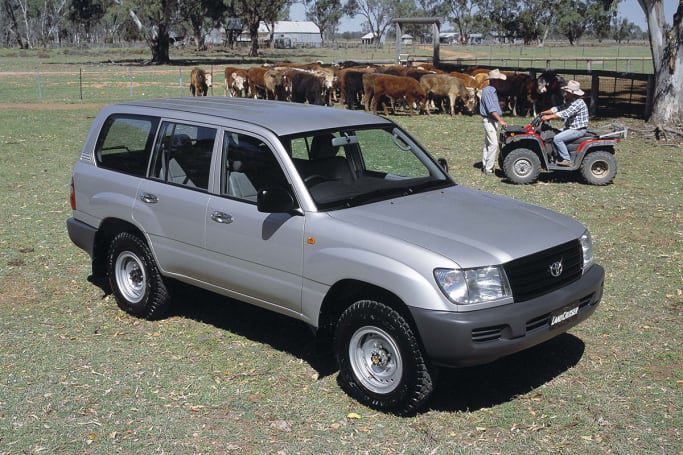 The 105 series was in many ways a continuation of the 80 series.
The 105 series was in many ways a continuation of the 80 series.
It also requires a lot of work if you don't do the work yourself but take into account the measurements and machining of the existing crankshaft and cylinder walls.
A good, running used engine can be found for a few thousand dollars, while fully rebuilt units (with turbo capability) can be found for $5000 to $10,000 and up if you want something really tricky.
Remanufactured units are widely available from companies that specialize in this type of work, but you will still often need to provide a replacement main motor.
Perhaps the most common comparison people make is the old discussion of 1HZ vs 1HDT, since 1HDT is sold alongside 1HZ in 80 and 100 series cars, but these days it makes a lot more money as a used offering.
Why? Simply because the 1HDT is a turbocharged diesel engine and as a result has much more power and torque (151kW/430Nm instead of 96kW/285Nm).
 Ask any Toyota LandCruiser fan and they'll know what a 1HD FTE engine is. They might even have an engine code tattoo!
Ask any Toyota LandCruiser fan and they'll know what a 1HD FTE engine is. They might even have an engine code tattoo!
This gives the turbocharged engine a huge performance advantage on the road, but off-road, where avid users rule, the simplicity and reliability of the 1HZ (and the complete absence of electronics) remain the engine of choice for some.
From a technical standpoint, there are other differences, including the fact that the 1HZ injectors work in a pre-combustion chamber (making the 1HZ an indirect injection engine), while the 1HDT is a direct injection design where combustion starts internally. cylinder.
For this reason (among other things) the cylinder heads of the two engines are not interchangeable, and the turbocharged engine's different compression ratio means that the lower parts are not compatible either.
Even though Toyota never offered a 1HZ turbo engine, a 1HZ turbo kit was offered in the aftermarket for just that. It's fair to say that some of them are better designed than others, but in any case, owners of 1HZ turbo engines usually install a pyrometer (to monitor exhaust gas temperature and show how hard the engine is working) and closely monitor the readings of this sensor. needle.
Popular turbocharger aftermarket solutions over the years include Safari Turbo 1HZ, AXT Turbo 1HZ and Denco Turbo 1HZ kits.
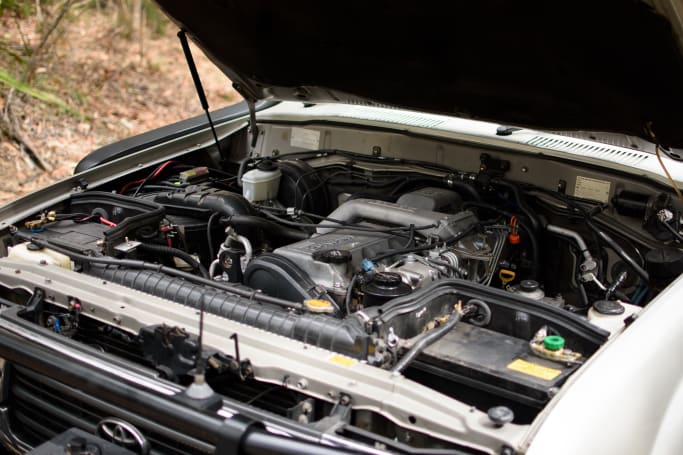 The 1HDT was sold alongside the 1HZ in 80 and 100 series vehicles. (Image credit: Tom White)
The 1HDT was sold alongside the 1HZ in 80 and 100 series vehicles. (Image credit: Tom White)
The basics of each kit were the same; a 1HZ turbo manifold, the turbocharger block itself and the necessary plumbing to connect it all.
In addition to basic turbo kits, many tuners recommend a boost compensator and, for maximum performance, an intercooler.
However, in each case the goal was the same; to improve driving performance and acceleration, especially when towing. A basic turbo kit costs between $3000 and $5000 plus installation.
In the meantime, owners who appreciate the simplicity of the 1HZ are trying to steer clear of turbocharging and instead use traditional methods of maximizing the engine's capabilities.
For these owners, the best turbo for the 1HZ was no turbo at all. If you do not need additional acceleration, this is also a valid argument.
In many cases, owners resorted to conventional turning and a quality exhaust installation, including 1HZ extractors and a straight-through (usually 3.0-inch) exhaust system, to get what they needed.
